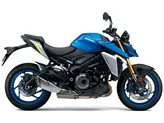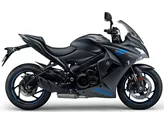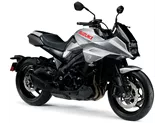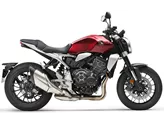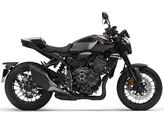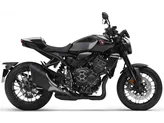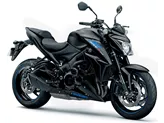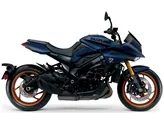Honda CB 1000 R 2019 vs. Suzuki GSX-S1000 2016

Honda CB 1000 R 2019

Suzuki GSX-S1000 2016
Overview - Honda CB 1000 R 2019 vs Suzuki GSX-S1000 2016
In terms of engine and drive train, both the Honda CB 1000 R 2019 and the Suzuki GSX-S1000 2016 have similar specifications. They both have an in-line, liquid-cooled engine with a displacement of around 1000cc. However, the Honda CB 1000 R has a slightly lower engine power of 145 HP compared to the Suzuki GSX-S1000's 149 HP. The torque is also slightly lower in the Honda CB 1000 R at 104 Nm compared to the Suzuki GSX-S1000's 106 Nm. Both bikes have a fuel injection system and 4 cylinders.
In terms of suspension, both bikes have upside-down telescopic forks at the front. The Honda CB 1000 R offers more adjustment options for the front suspension, including compression, preload, and rebound. The rear suspension on both bikes is a monoshock, but the Honda CB 1000 R offers more adjustment options for the rear suspension as well.

Honda CB 1000 R 2019
In terms of chassis, the Honda CB 1000 R has a steel frame while the Suzuki GSX-S1000 has an aluminum frame. The frame type of the Honda CB 1000 R is a backbone, while the Suzuki GSX-S1000 has a twin tube frame.
Both bikes have double disk brakes at the front with a diameter of 310 mm and four pistons. They also both have radial technology for the front brakes. The Honda CB 1000 R offers more advanced rider assistance systems, including ABS, riding modes, ride by wire, and traction control. The Suzuki GSX-S1000 only has ABS.
In terms of dimensions and weights, both bikes have the same front and rear tire width and diameter. The wheelbase of the Honda CB 1000 R is slightly shorter at 1455 mm compared to the Suzuki GSX-S1000's 1460 mm. The seat height of the Honda CB 1000 R is higher at 830 mm compared to the Suzuki GSX-S1000's 815 mm. The kerb weight of the Honda CB 1000 R is slightly higher at 212 kg compared to the Suzuki GSX-S1000's 209 kg. The fuel tank capacity of the Suzuki GSX-S1000 is slightly larger at 17 liters compared to the Honda CB 1000 R's 16.2 liters.

Suzuki GSX-S1000 2016
In terms of strengths, the Honda CB 1000 R 2019 is praised for its flawless responsiveness of the power unit, its rideability, and its good electronics package, which includes ABS, traction control, and riding modes. It also has a smooth and precise gearbox and an excellent functioning quickshifter. On the other hand, the Suzuki GSX-S1000 2016 is praised for its powerful engine, good braking control, stable and sensitive chassis, comfortable seating position, and relatively low price.
In terms of weaknesses, the Honda CB 1000 R 2019 is criticized for its outdated LCD display, which is not easily readable in direct sunlight. It may also have space problems for tall riders with their knees at the tank. The Suzuki GSX-S1000 2016 is criticized for its front end appearance, which some may consider too aggressive, and its throttle response in the lower rev range, which some may find too sensitive.
Technical Specifications Honda CB 1000 R 2019 compared to Suzuki GSX-S1000 2016
Pros and Cons in comparison
Pros and Cons in comparison
Honda CB 1000 R 2019

The 1-litre version of the Neo Sport Cafe Racer shows that it doesn't always have to be the golden mean. In all honesty, it has to be said that the largest of all the representatives also feels the most "grown-up". The electronic equipment of the 1000 in the + version leaves almost nothing to be desired and the handling is extremely rider-friendly for this class. Playfully easy cornering with a well-tuned chassis, snappy brakes and low weight seem to be the recipe for success in terms of smoothness. In terms of performance, the CB1000R+ unfortunately has to make concessions. With 145 hp, the Honda is not a brute rocket, but it is all the more controllable for it. And 145 hp with a full tank of 213 kg is more than enough for maximum riding pleasure on country roads!
Suzuki GSX-S1000 2016
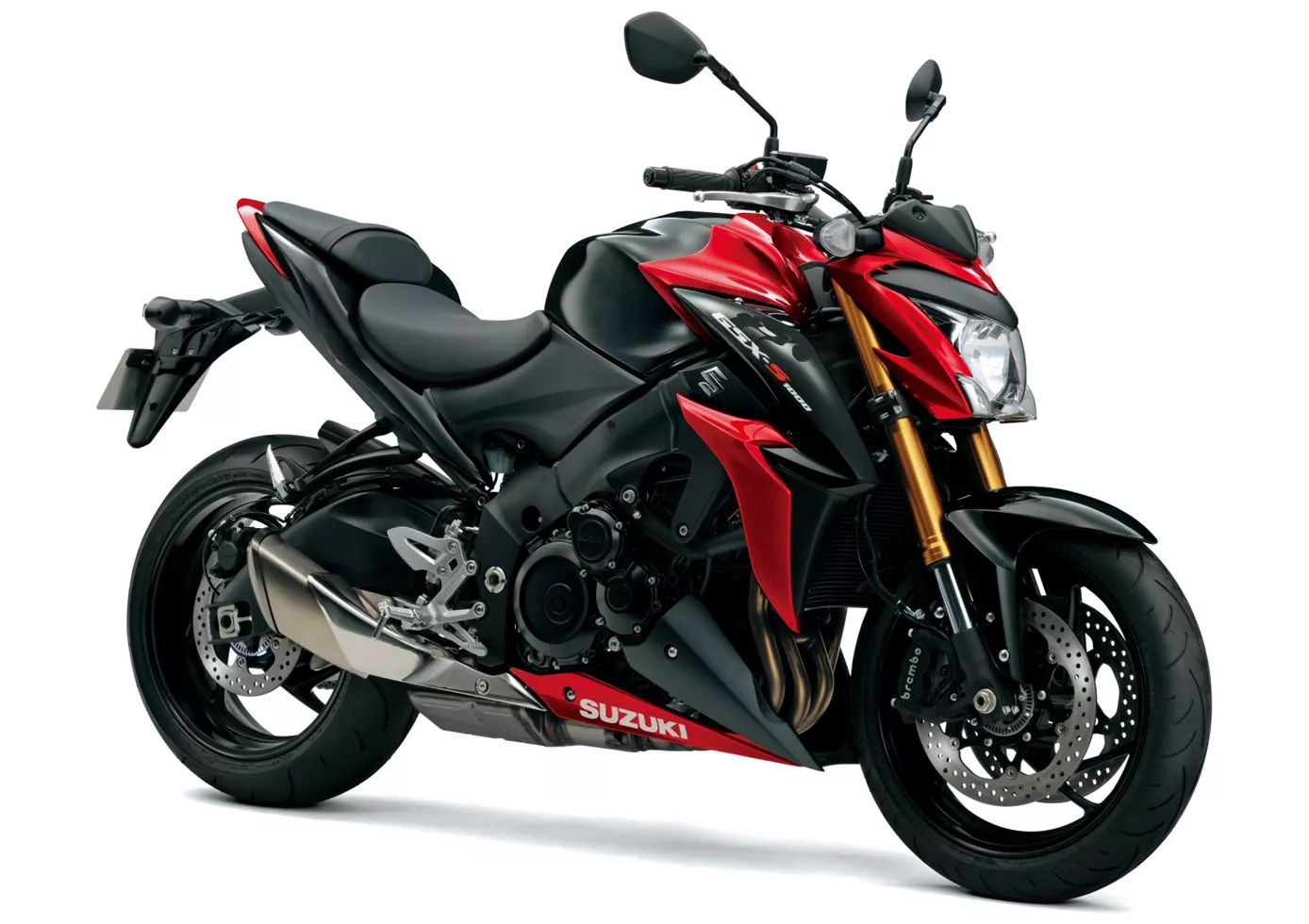
Some might be surprised that after waiting so long, Suzuki did not launch the ultimate, uncompromising power naked bike. Instead, the Suzuki GSX-S 1000 with its 149 hp seems almost too well-behaved. But once you ride it on the race track, you quickly realise that the engine is far more powerful in real life and that the rest of the performance of the chassis and braking system is also impressive. In return, it also offers a large portion of everyday and practical suitability - not bad ingredients when you have to cover everything from everyday to race track with a single bike.
Price Comparison Avarage Market Price Honda CB 1000 R vs Suzuki GSX-S1000
There are a few key differences between a Honda CB 1000 R 2019 and a Suzuki GSX-S1000 2016. In terms of price, the actual average price of a Honda CB 1000 R 2019 is about 19% higher. A Honda CB 1000 R 2019 experiences a loss of 980 GBP in one year and 1,330 GBP in two years of ownership. This is offset by a loss of 90 GBP and 1,340 GBP for a Suzuki GSX-S1000 2016. Compared to Suzuki GSX-S1000 2016 there are more Honda CB 1000 R 2019 bikes available on the 1000PS.de Marketplace, specifically 16 compared to 10. It takes less time to sell a Suzuki GSX-S1000 with 109 days compared to 116 days for the Honda CB 1000 R. Since model year 2008 1000PS.de editors have written 42 reviews for the Honda CB 1000 R and 36 reviews for the Suzuki GSX-S1000 since model year 2015. The first review for the Honda CB 1000 R was published on 06/11/2007 and now has more than 10,400 views. This compares to more than 17,100 views for the first review on Suzuki GSX-S1000 published on 27/09/2014.


